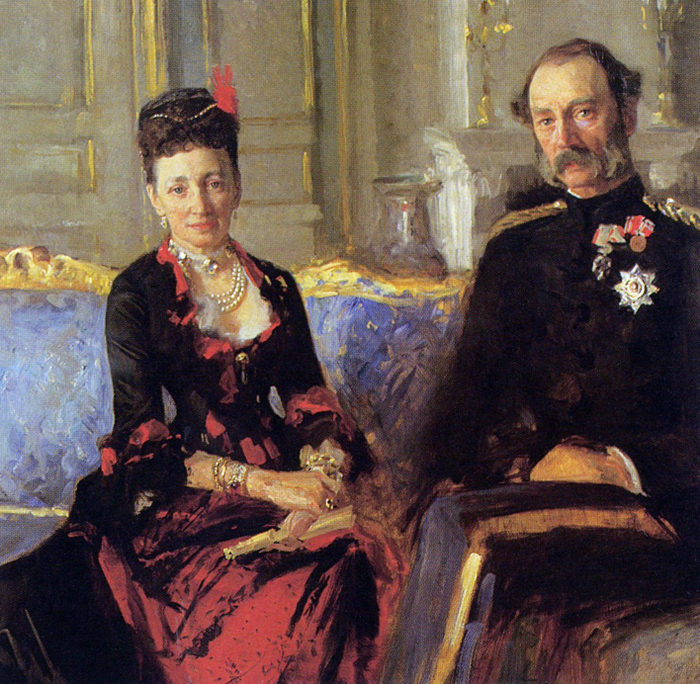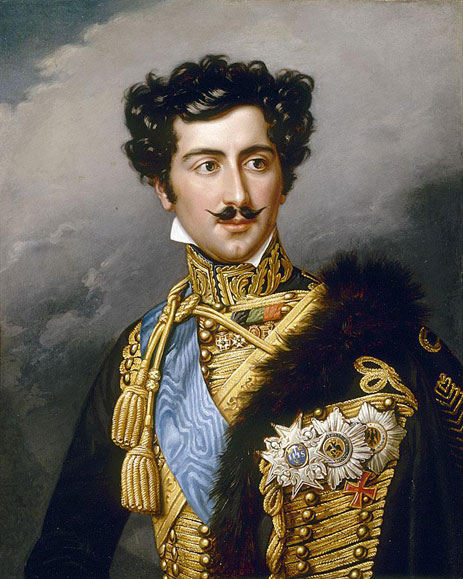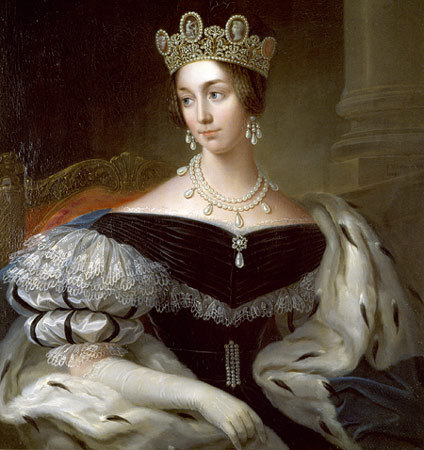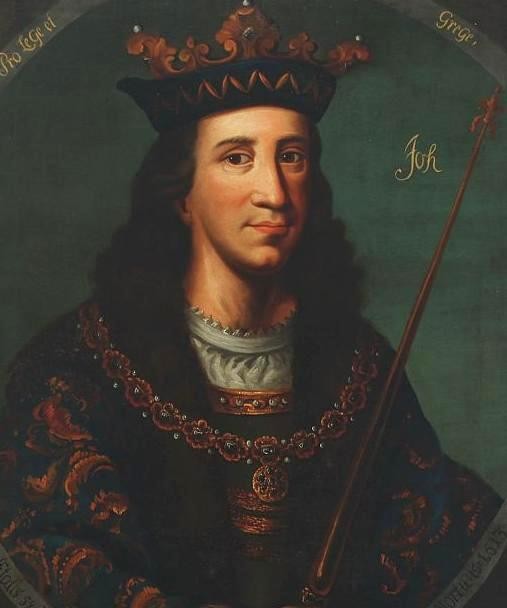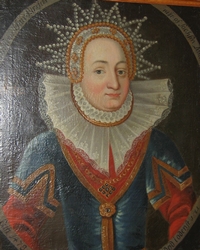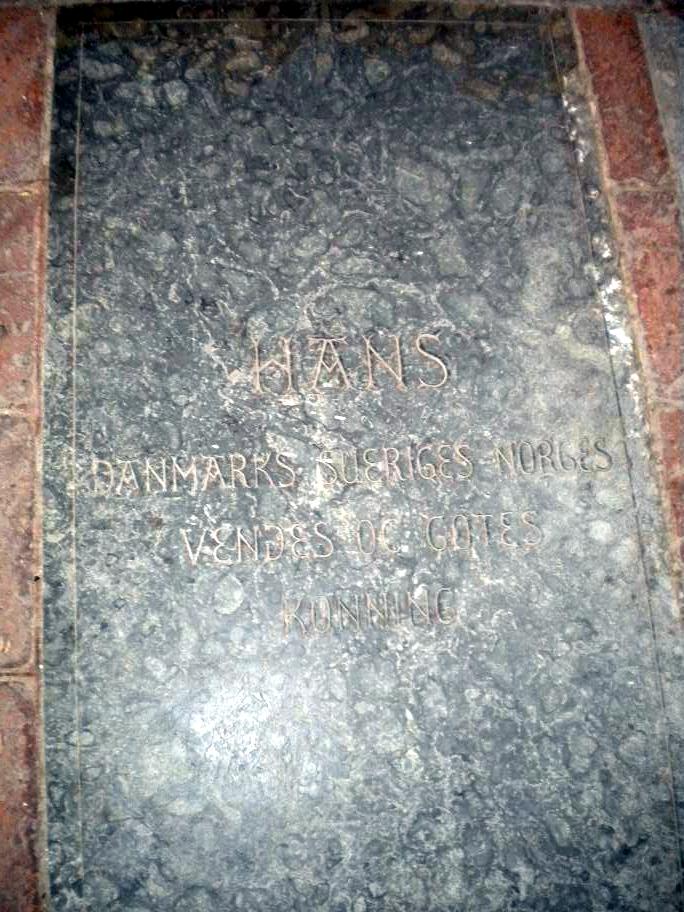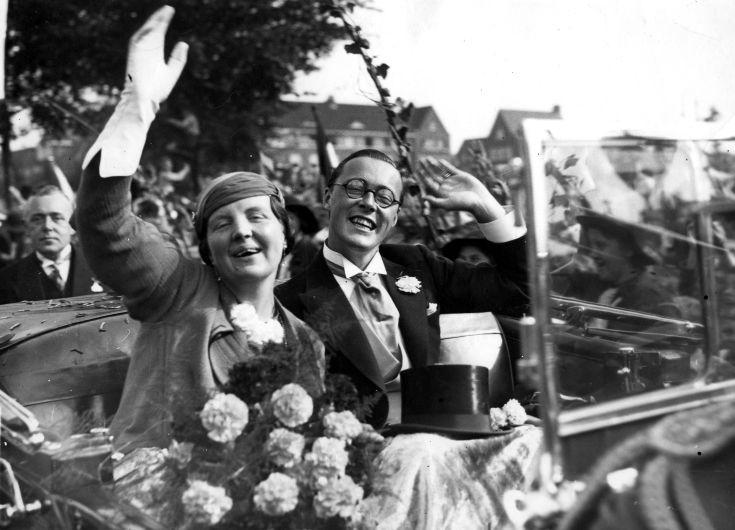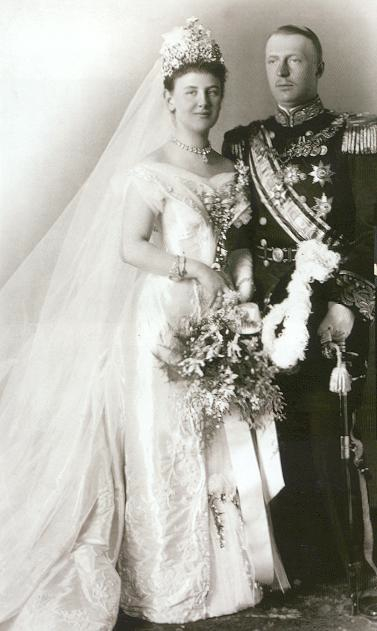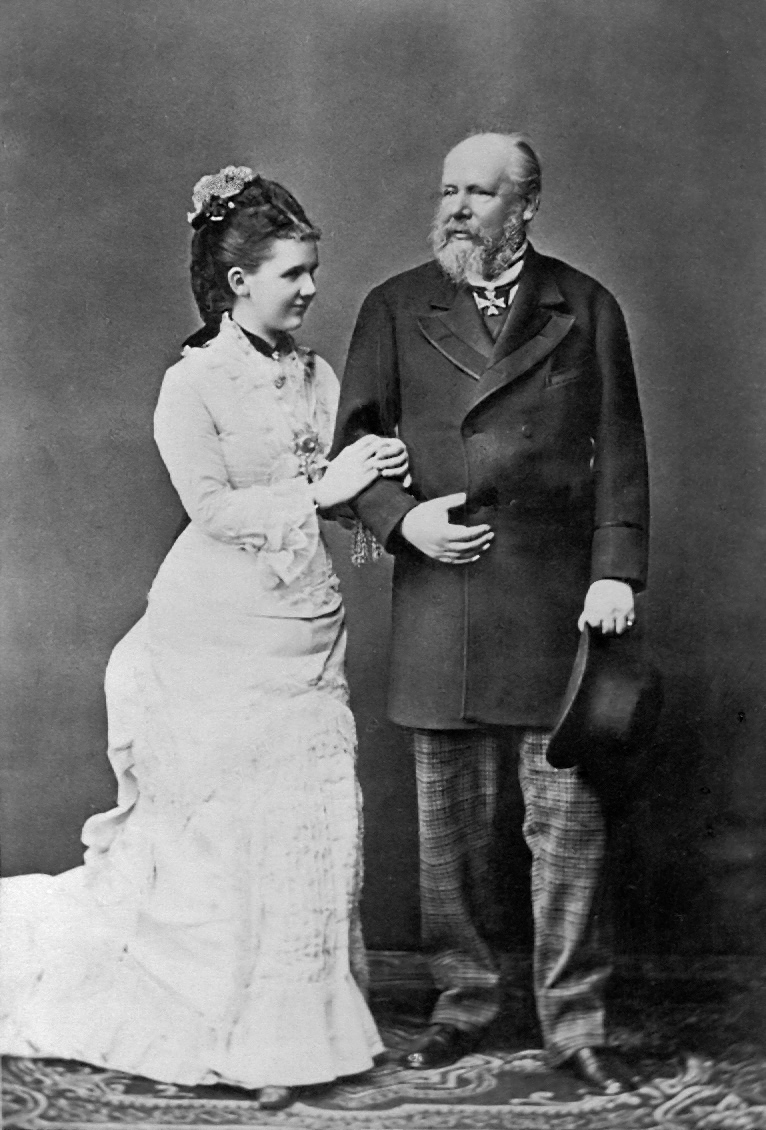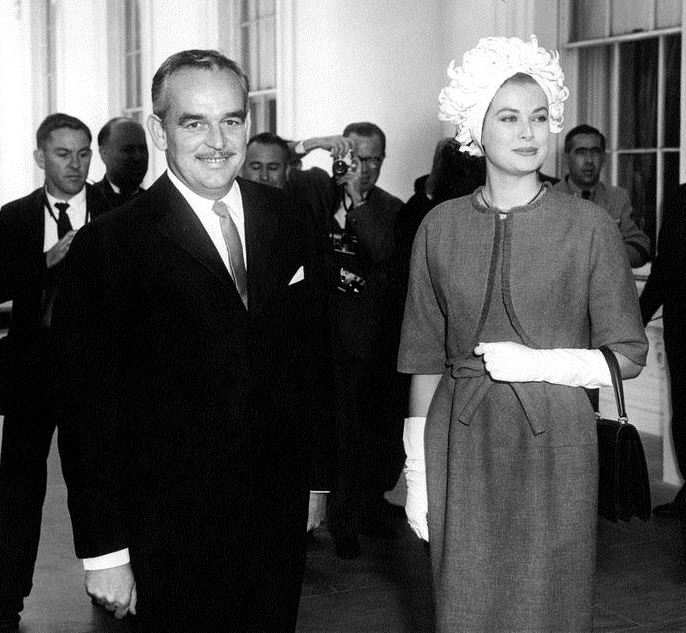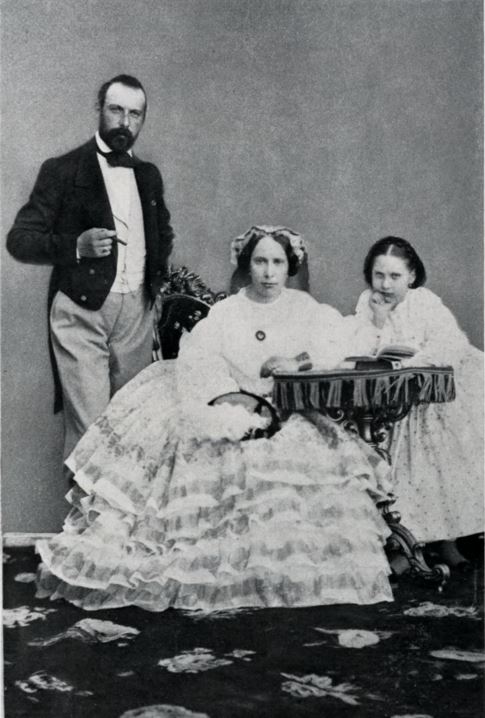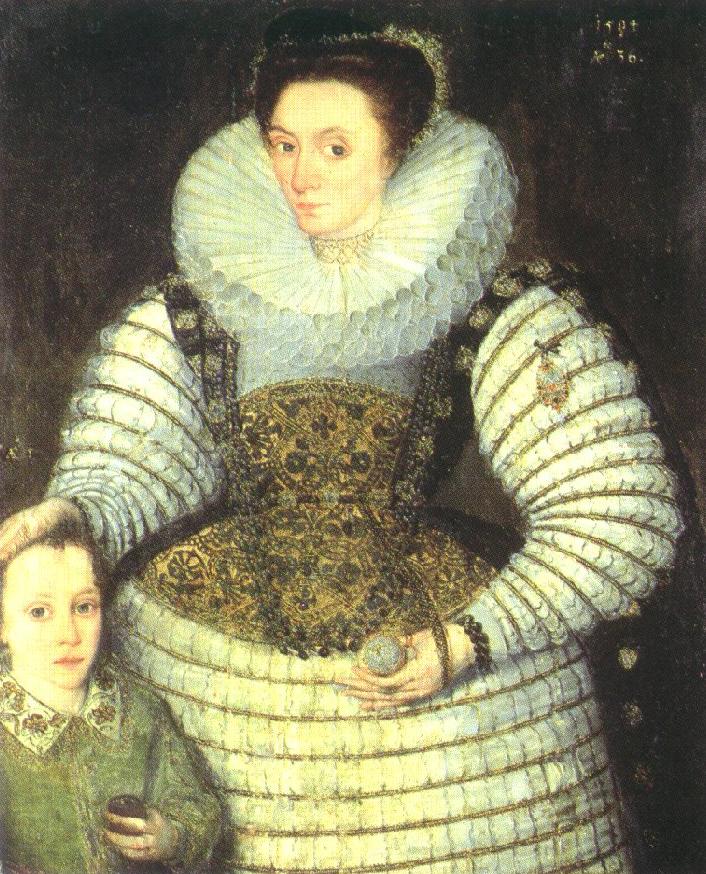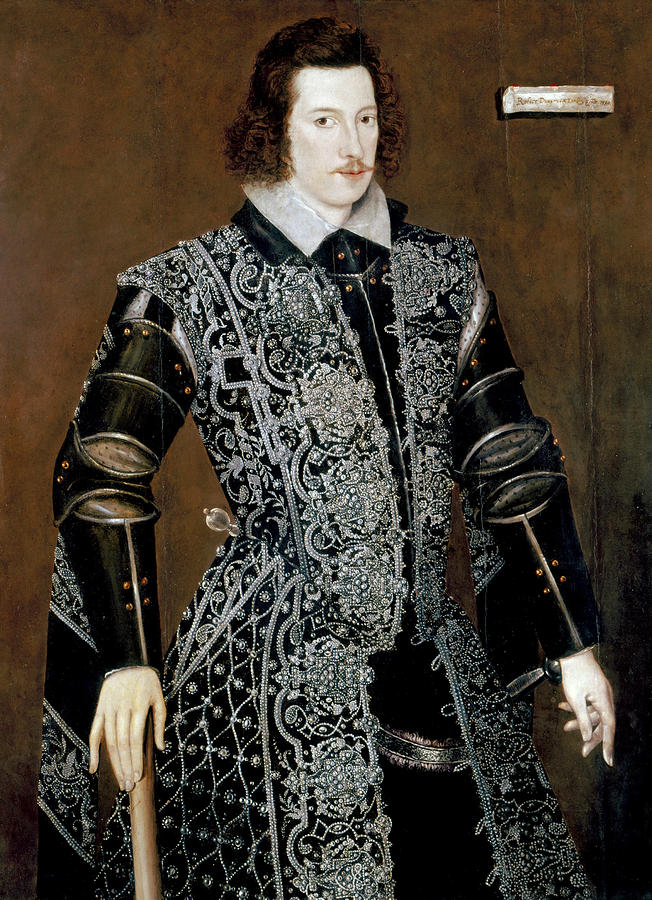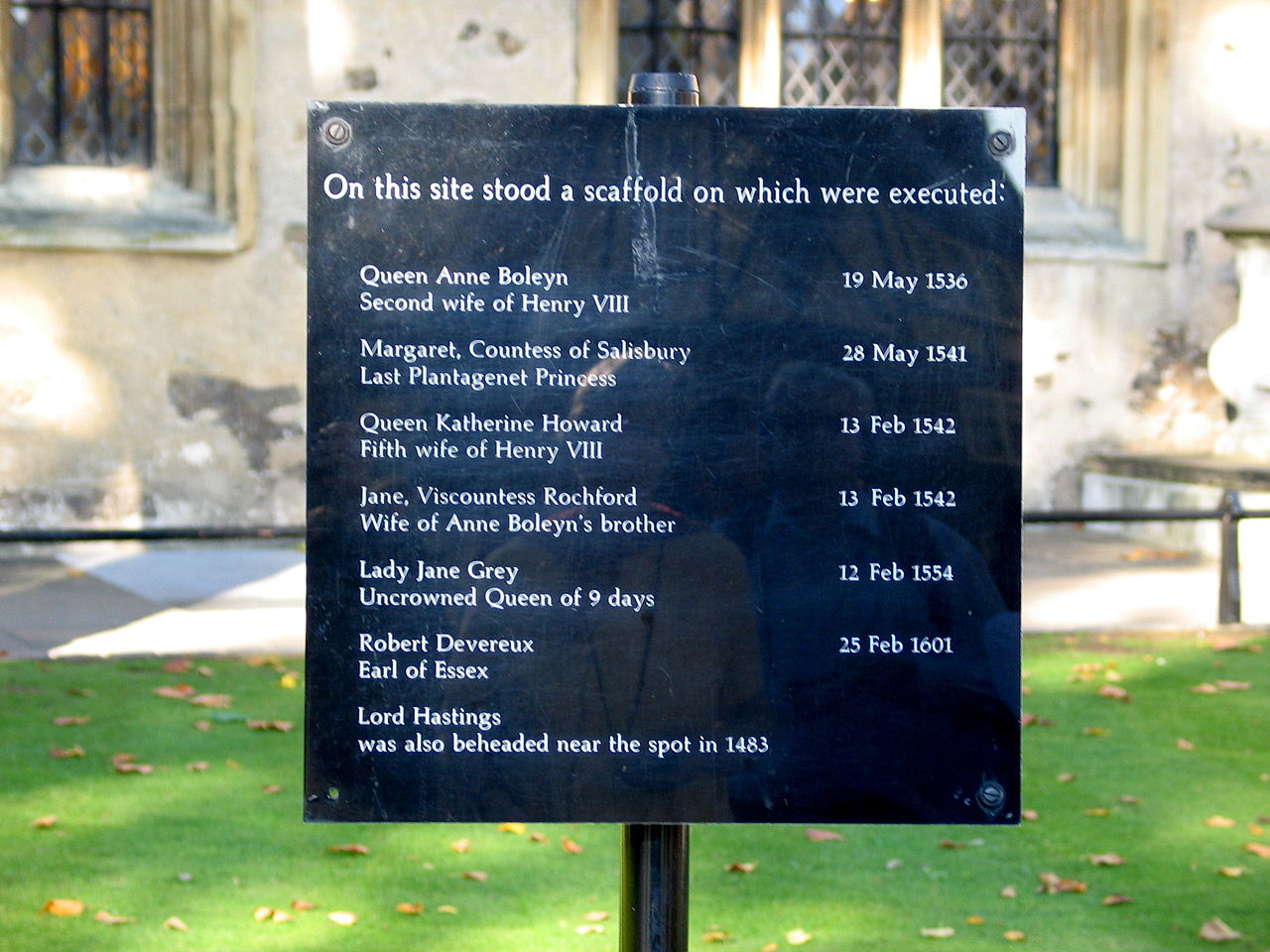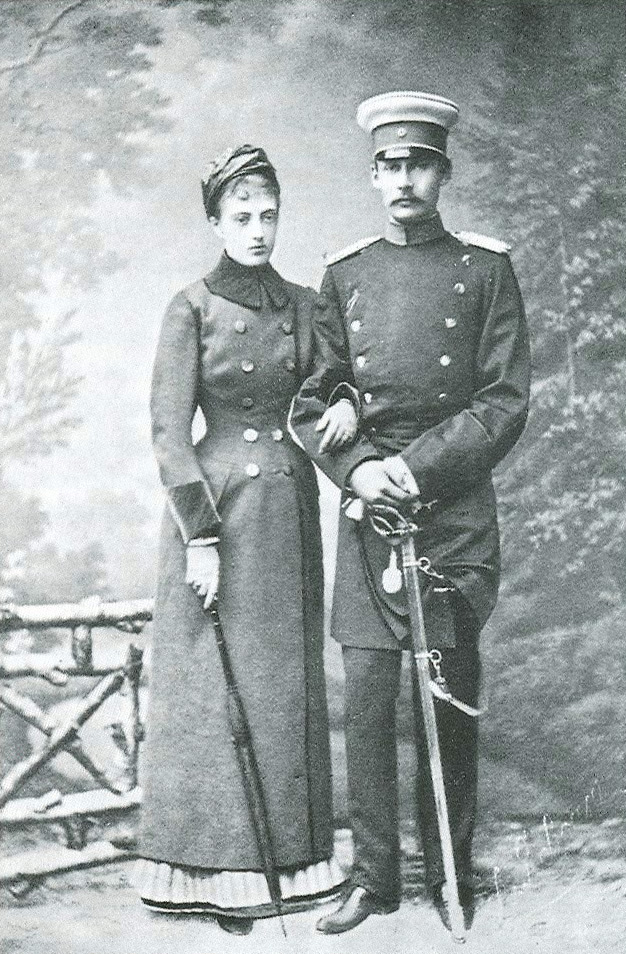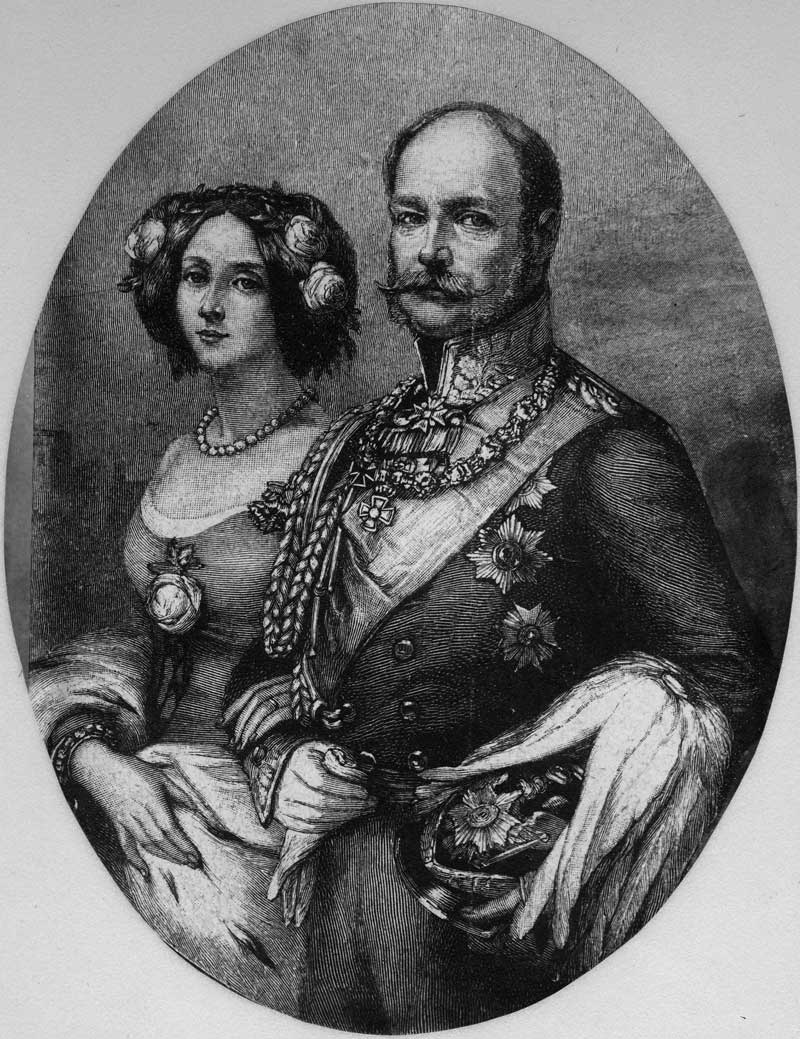compiled by Susan Flantzer
© Unofficial Royalty 2021

King Felipe VI of Spain; Credit – Wikipedia
King Felipe VI of Spain has a stellar and varied royal pedigree. He is the only current European monarch to be descended from Queen Victoria of the United Kingdom via three of his grandparents. His father King Juan Carlos I of Spain is descended from Queen Victoria’s youngest child Princess Beatrice whose daughter Princess Victoria Eugenie of Battenberg married King Alfonso XIII of Spain. (Queen Victoria → Princess Beatrice → Princess Victoria Eugenie of Battenberg → Infante Juan of Spain, Count of Barcelona → King Juan Carlos I of Spain → King Felipe VI of Spain)
Both parents of Felipe VI’s mother, born Princess Sophia of Greece, are descended from Queen Victoria’s eldest child Victoria, Princess Royal. Her father King Paul of Greece is descended through Victoria, Princess Royal’s daughter Princess Sophie of Prussia who married King Constantine I of Greece. (Queen Victoria → Victoria, Princess Royal → Princess Sophie of Prussia → King Paul of Greece → Princess Sophia of Greece → King Felipe VI of Spain).
Princess Sophia of Greece’s mother Princess Frederica of Hanover is descended through Victoria, Princess Royal’s son Wilhelm II, German Emperor, King of Prussia whose granddaughter Princess Frederica of Hanover married King Paul of Greece. (Queen Victoria→ Victoria, Princess Royal → Wilhelm II, German Emperor, King of Prussia → Princess Victoria Louise of Prussia → Princess Frederica of Hanover → Princess Sophia of Spain → King Felipe VI of Spain)
Among King Felipe VI’s ancestors in the last five generations are monarchs of Denmark, the German Empire, Greece, Prussia, Spain, and the United Kingdom. If we go back a couple more generations, there are monarchs of Austria, France, the Holy Roman Empire, and Russia.
Parents, Grandparents, Great-Grandparents, Great-Great-Grandparents, and Great-Great-Great-Grandparents of King Felipe VI of Spain (born January 30, 1968)
The links below are from Unofficial Royalty or Wikipedia.
Parents

King Felipe VI’s parents; Credit – Wikipedia
- King Juan Carlos I of Spain (born 1938)
- Princess Sophia of Greece (born 1938)
Grandparents
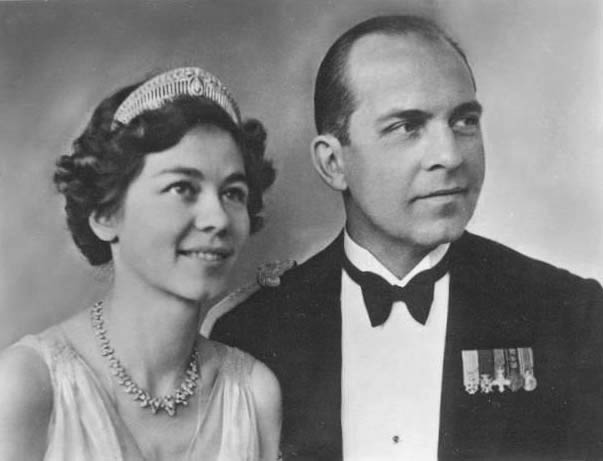
King Paul of Greece and Princess Frederica of Hanover, maternal grandparents; Credit – Wikipedia
- Infante Juan of Spain, Count of Barcelona (1913-1993)
- Princess María de las Mercedes of Bourbon-Two Sicilies (1910-2000)
- King Paul of Greece (1901-1964)
- Princess Frederica of Hanover (1917-1981)
Great-Grandparents

Ernst August III of Hanover, Duke of Brunswick and Princess Victoria Louise of Prussia, great-grandparents; Credit – Wikipedia
- King Alfonso XIII of Spain (1886-1941)
- Princess Victoria Eugenie of Battenberg (1887-1969)
- Prince Carlos of Bourbon-Two Sicilies (1870-1949)
- Princess Louise of Orléans (1882-1958)
- King Constantine I of Greece (1868-1923)
- Princess Sophia of Prussia (1870-1932)
- Ernst August III of Hanover, Duke of Brunswick (1887-1953)
- Princess Victoria Louise of Prussia (1892-1980)
Great-Great-Grandparents

Friedrich III, German Emperor and King of Prussia and Victoria, Princess Royal, great-great-grandparents and great-great-great-grandparents by Hills & Saunders, albumen carte-de-visite, circa 1870, NPG Ax132839 © National Portrait Gallery, London
- King Alfonso XII of Spain (1857-1885)
- Archduchess Maria Christina of Austria (1858-1929)
- Prince Henry of Battenberg (1858-1896)
- Princess Beatrice of the United Kingdom (1857-1944)
- Prince Alfonso, Count of Caserta (1841-1934)
- Princess Maria Antonietta of Bourbon-Two Sicilies (1851-1938)
- Prince Philippe of Orléans, Count of Paris (1838-1894)
- Princess Marie Isabelle of Orléans, Infanta of Spain (1848-1919)
- King George I of Greece (formerly Prince Vilhelm of Denmark) (1845-1913)
- Grand Duchess Olga Konstantinovna of Russia (1851-1926)
- Friedrich III, German Emperor and King of Prussia (1831-1888)
- Victoria, Princess Royal (1840 -1901)
- Ernst August II, Crown Prince of Hanover (1845-1923)
- Princess Thyra of Denmark (1853-1933)
- Wilhelm II, German Emperor and King of Prussia (1859-1941)
- Princess Augusta Victoria of Schleswig-Holstein (1858-1921)
Great-Great-Great-Grandparents

Prince Albert of Saxe-Coburg and Gotha and Queen Victoria of the United Kingdom, great-great-great-grandparents; Credit – Wikipedia
- Francisco de Asís of Spain, Duke of Cadiz (1822-1902)
- Queen Isabella II of Spain (1830-1904)
- Archduke Karl Ferdinand of Austria (1818-1874)
- Archduchess Elisabeth Franziska of Austria (1831–1903)
- Prince Alexander of Hesse and by Rhine (1823-1888)
- Countess Julia Hauke (1825-1895)
- Prince Albert of Saxe-Coburg and Gotha (1819-1861)
- Queen Victoria of the United Kingdom (1819-1901)
- King Ferdinand II of the Two Sicilies (1810-1859)
- Archduchess Maria Theresa of Austria (1816-1867)
- Prince Francesco of the Two Sicilies, Count of Trapani (1827-1892)
- Archduchess Maria Isabella of Austria (1834-1901)
- Prince Ferdinand Philippe, Duke of Orléans, Prince Royal of France (1810-1842)
- Duchess Helene of Mecklenburg-Schwerin (1814-1858)
- Prince Antoine of Orléans, Duke of Montpensier (1824-1890)
- Infanta Luisa Fernanda of Spain (1832-1897)
- King Christian IX of Denmark (1818-1906) (born Prince Christian of Schleswig-Holstein-Sonderburg-Glücksburg)
- Princess Louise of Hesse-Kassel (1817-1898)
- Grand Duke Konstantine Nikolaevich of Russia (1827-1892)
- Princess Alexandra of Saxe-Altenburg (1830-1911)
- Wilhelm I, German Emperor and King of Prussia (1797-1888)
- Princess Augusta of Saxe-Weimar-Eisenach (1811-1890)
- Prince Albert of Saxe-Coburg and Gotha
- Queen Victoria of the United Kingdom
- King George V of Hanover (1819-1878)
- Princess Marie of Saxe-Altenburg (l 1818-1907)
- King Christian IX of Denmark (born Prince Christian of Schleswig-Holstein-Sonderburg-Glücksburg)
- Princess Louise of Hesse-Kassel
- Friedrich III, German Emperor, King of Prussia
- Victoria, Princess Royal
- Friedrich VIII, Duke of Schleswig-Holstein (1829-1880)
- Princess Adelheid of Hohenlohe-Langenburg (1835-1900)
Sources:
This article is the intellectual property of Unofficial Royalty and is NOT TO BE COPIED, EDITED, OR POSTED IN ANY FORM ON ANOTHER WEBSITE under any circumstances. It is permissible to use a link that directs to Unofficial Royalty.





